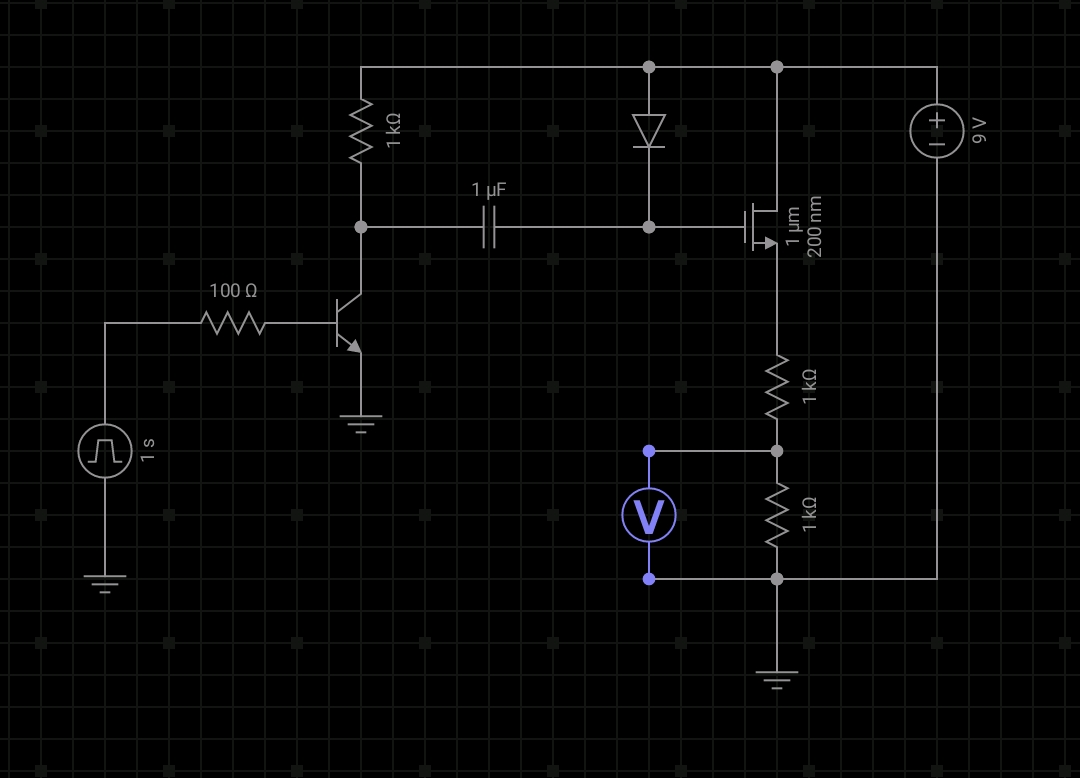

You could use something like a dsub connector with larger current carrying pins (more expensive) or a more regular connector (e.g. 15 pin dsub) with multiple pins for supply/high current.
Regular rectangular headers can handle anywhere from 1-5A per pin depending on the connector so you might be able to get away with a 2x4 rectangular header (maybe a few more pins in parallel for everything just for insurance)

Rice is bad because it doesnt actually absorb much moisture and can cause mold growth
Better to put it in front of a fan to add air circulation and maybe warm it a bit (i.e. near ish to a heater but not on it)